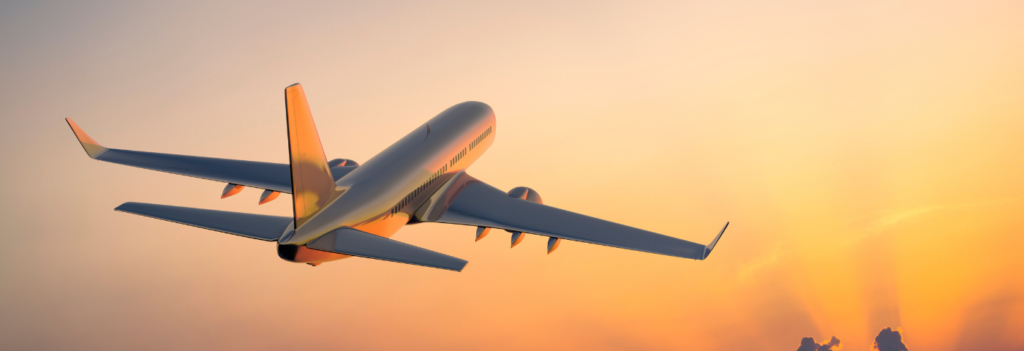After more than two years there are finally encouraging signs that the coronavirus pandemic may be on the wane. The airline and travel business has taken a beating. Nothing can be taken for granted but the Omicron variant, whilst highly infectious, has proved to be much less severe in terms of illness, hospitalisations and mortalities.
However, just as the light at the end of the pandemic tunnel appears to be brightening, we now face the war in Europe. This is bringing further challenges for the industry including some airlines being prohibited from using Russian airspace, important for many European services to Asia; others have had to switch routings around Ukrainian airspace. The conflict has further caused a rapid rise in fuel prices adding to airline costs at a time of fragile demand when it is difficult if not impossible to pass these on in higher fares.
With regard to the Gulf region, there are many encouraging examples of how airlines have adapted to the challenges laid before them over the last two years.
The large network airlines such as Emirates, Qatar and Etihad have used the cargo capacity of their largest aircraft to good effect where demand has been strong. They have been able to partially compensate for the lack of passenger traffic. In addition, they have equally flexed their networks to tap into sources of strong demand, where these have been available.
Qatar has operated a diverse network throughout the pandemic, able to use a good variety of aircraft sizes in its fleet to optimise the capacity offer. It has also maintained availability of flights on routes where, in some cases, other airlines have not been flying. This way it has successfully positioned its on-board product and ease of transfer at its Doha Hammed International hub. It has been an investment in gaining potential repeat business in the future.
Unfortunately, Emirates has seen much less transfer traffic than pre-pandemic which was truly expected as many important markets have been shut, especially in Asia. However, Emirates has benefitted from Dubai’s careful and progressive reopening to tourism and conference traffic. Dubai has long benefited from a substantial local market, and this has been getting increasingly important lately. It has also been boosted by Expo 2020, running for six months since autumn 2021.
The strength of traffic recovery has allowed Emirates to return to service 100+ of its large A380’s. Some important destinations including the UK are now back to an almost normal schedule.
Although Etihad decided to downsize to become a more of a mid-size airline by modifying and reviewing their business model, it has been able to continue its business, strangely helped by the pandemic. Etihad has further performed well in carrying cargo and recently placed an order for Airbus A350 freighters, indicating the importance of the non-passenger segment for the future.
We have also seen a rapid and agile development by a number of the region’s low-cost carriers. Air Arabia, the largest and longest established LCC in the Gulf, has continued to grow and has opened a new unit in Abu Dhabi, where it has partnered up with Etihad to deliver feed traffic. Remarkably, despite the demanding market conditions, it has delivered a profit over the last year.
Fly Dubai, which in addition to the pandemic had to deal with the grounding of its Boeing 737 Max aircraft, has seen these returned to service and has focused on developing a few new leisure destinations from Dubai, many of which that have never been done before. Therefore, it too has returned to profitability.
Fly Adeal in Saudi Arabia is the only LCC in the region to have a large domestic market and this has buoyed its recovery and expansion of activity.
Kuwait’s Jazeera is yet another carrier to restore profitability, which has used its new state of the art A320 NEO fleet to open new routes, including to London Heathrow.
Newcomer LCC to the region is Europe’s Wizzair who has now established a subsidiary in Abu Dhabi. Wizzair sees the pandemic as a real opportunity for growth and has recently announced that it would double the number of aircraft in Abu Dhabi from four to eight.
It’s good to see the dynamism of the Gulf market and the agility of its leading airlines in turning a terrible crisis to opportunity. It gives us plenty to discuss in this year’s ATM aviation programme where we’ll have both recorded interviews before the event from the industry leaders and a live panel discussion at the show itself. I’m looking forward to it and I hope you’ll join me.
